The Chronicles of Georgia, also widely known as the History Memorial of Georgia (Georgian: საქართველოს მატიანე, Sakartvelos Mat’iane), is a colossal monument located on Keeni Hill (also referred to as Temka Hill) overlooking the Tbilisi Sea, in the northern part of Tbilisi, Georgia. While less frequented by tourists than the Old Town, its immense scale and profound symbolism make it a powerful and unique attraction.
Concept and Creator:
Visionary Sculptor: The monument was conceived and designed by the celebrated Georgian-Russian sculptor Zurab Tsereteli, who is also responsible for the St. George statue in Freedom Square and numerous other large-scale works around the world.
Commemorative Purpose: Construction began in 1985 during the Soviet era. Its primary aim was to commemorate 3,000 years of Georgian statehood and 2,000 years of Christianity in Georgia, highlighting the nation’s deep historical roots and its long-standing Christian faith.
Unfinished Masterpiece: The monument remains partially incomplete. Work was halted due to the collapse of the Soviet Union in the early 1990s and subsequent funding issues, though intermittent work has continued since. This unfinished state adds a certain raw, monumental quality to the site.
Architectural and Sculptural Features:
Monumental Pillars: The central feature of the memorial is a series of 16 massive bronze and stone pillars, each towering between 30 to 35 meters (around 100-115 feet) in height. These columns are arranged in a semicircular or square formation, creating a dramatic and imposing visual effect.
Detailed Bas-Reliefs: The pillars are entirely covered with intricate bronze and copper sculptural bas-reliefs, telling the “chronicles” or history of Georgia. These reliefs are typically divided into horizontal sections:
Upper Sections: Depict Georgian kings, queens, and national heroes throughout the millennia, including figures like King Mirian III (who declared Christianity the state religion), Queen Tamar (during Georgia’s “Golden Age”), and the poet Shota Rustaveli.
Lower Sections: Portray stories and significant events from the life of Jesus Christ and the Bible, emphasizing Georgia’s profound Christian heritage. Some sources also mention depictions of the 13 Assyrian Fathers who played a crucial role in spreading Christianity in Georgia.
St. Nino’s Cross: Near the memorial’s entrance, there is a replica of the grapevine cross of St. Nino, the female evangelist credited with bringing Christianity to Georgia in the 4th century. This emphasizes the religious heart of the monument’s theme.
Associated Structures: The complex also includes:
A large set of stairs leading up to the monument, adding to its grand scale.
Stone scrolls inscribed with important historical dates and events at the base of the stairs.
A small Georgian Orthodox chapel dedicated to the Annunciation of the Blessed Virgin Mary located behind the main pillars.
Location and Atmosphere:
Elevated Position: The Chronicles of Georgia is situated on a high hill, offering breathtaking panoramic views that stretch across the northern suburbs of Tbilisi, the vast artificial Tbilisi Sea (Tbilisi Reservoir), and the surrounding natural landscapes. This makes it an excellent spot for photography, especially during sunrise or sunset.
“Georgian Stonehenge”: Due to its massive stone pillars and somewhat enigmatic presence, it is often referred to informally as “The Georgian Stonehenge” or “Tbilisi Stonehenge.”
Off-the-Beaten-Path: While its popularity is growing, it remains less crowded than central Tbilisi attractions, providing a more peaceful and contemplative experience for visitors.
Remote but Accessible: It is located somewhat outside the city center, making a taxi or public transport (metro to Ghrmaghele or Sarajishvili station, then a bus/marshrutka) the primary ways to reach it. There’s a small car park for those driving.
The Chronicles of Georgia is a powerful, monumental work of art that offers a unique perspective on Georgia’s long and complex history, serving as a silent, imposing guardian of its past and a testament to its enduring national spirit.

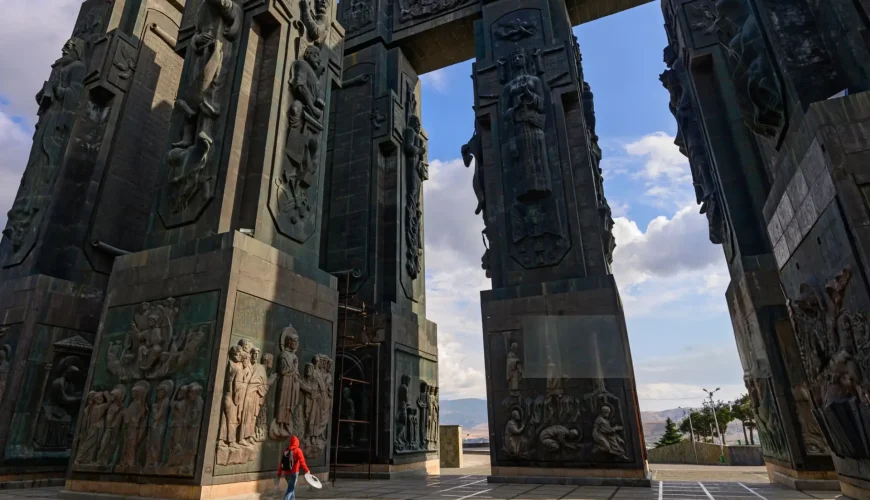

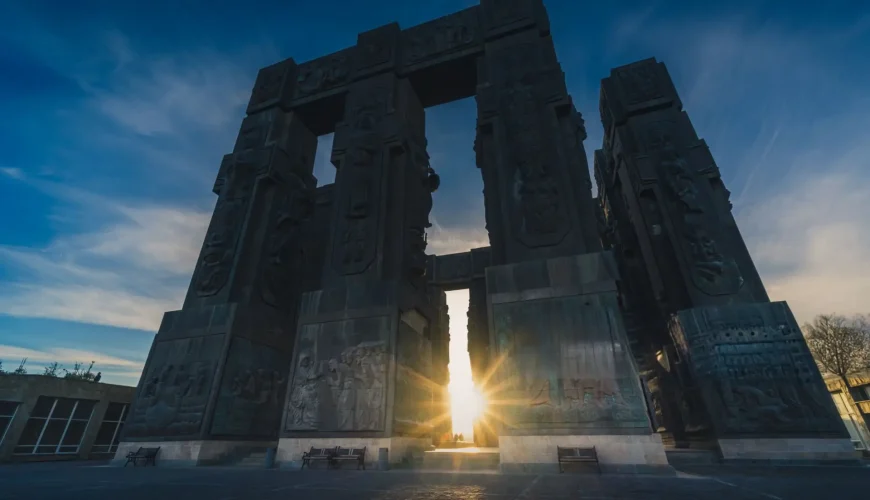
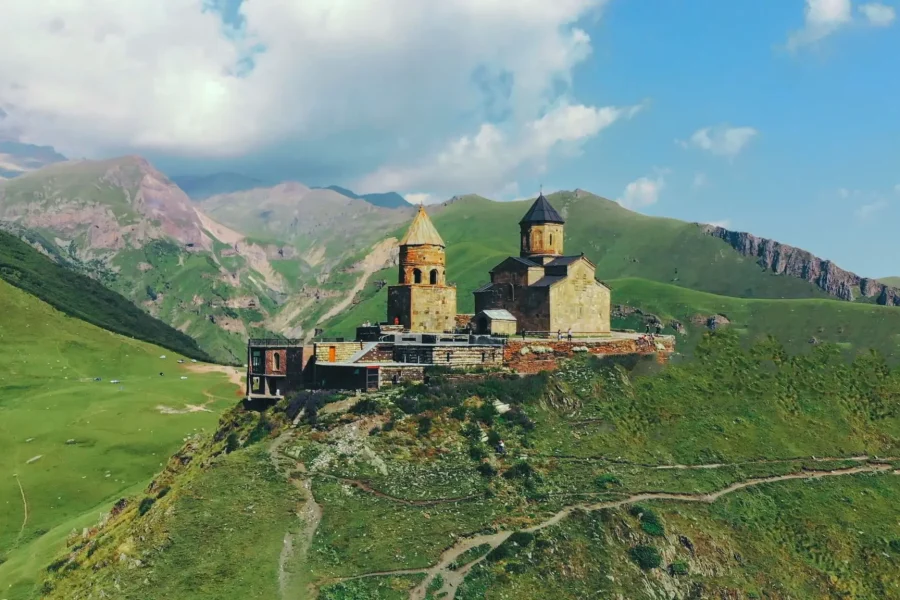
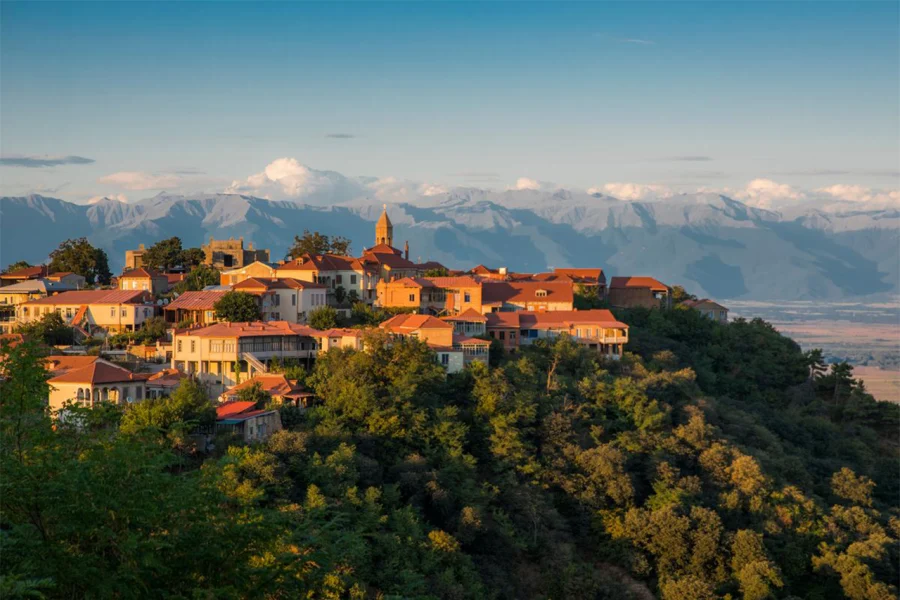
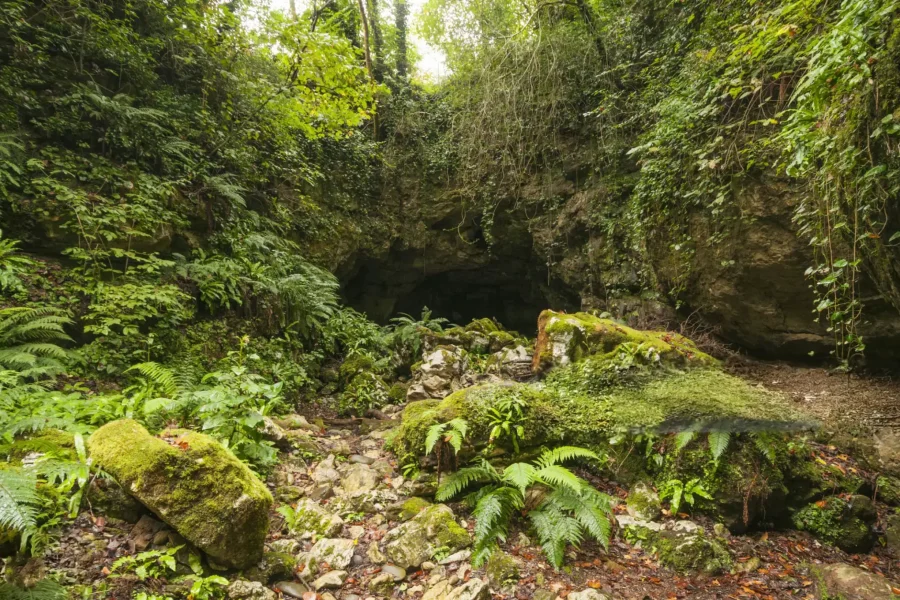

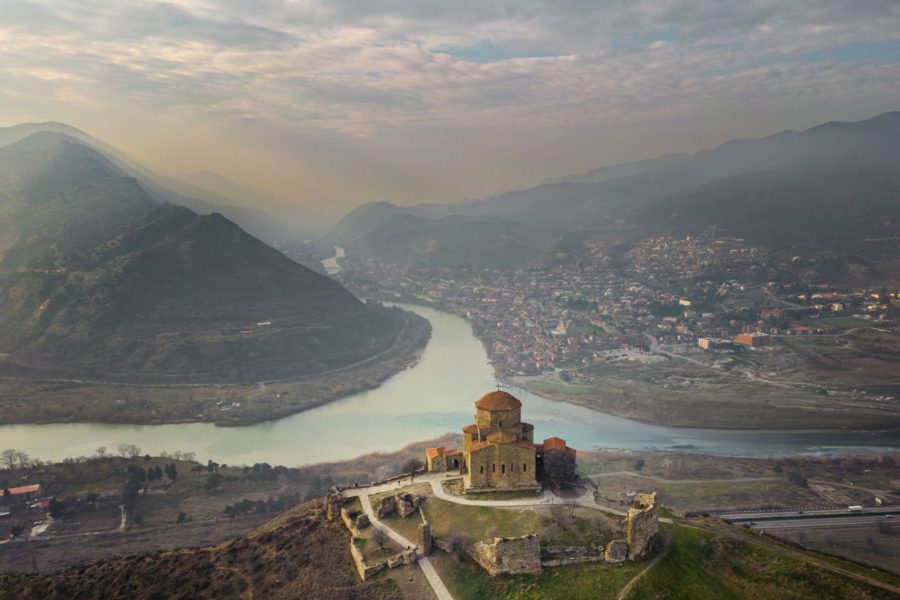

0 Comment